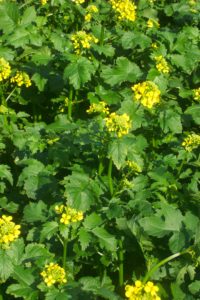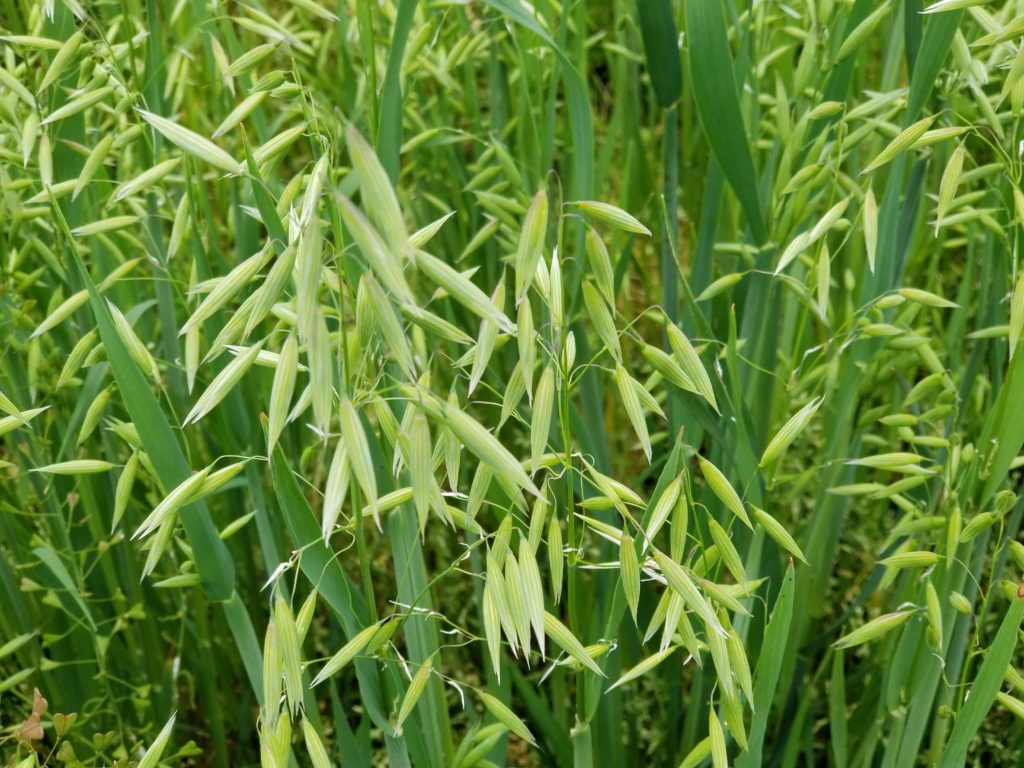There’s still time for a spring cover crop mixture ahead of soybeans. Read here the guide for soybean success
Soybean producers that didn’t manage to get a cover crop in the ground last fall still have time to cash in on the benefits of a cover crop ahead of spring planting.
There are many reasons to invest in a cover crop ahead of soybeans. For starters, diverse root systems are going to tap into new nutrient resources, increasing availability for the subsequent crop, while loosening compaction and improving water filtration. While added biomass will help prevent erosion and outcompete weeds, it will also increase organic matter. All these things combined improve soil conditions for improved fertility that future crops will benefit from.
Soil benefits aside, researchers at The Ohio State University have found the living roots of cover crops to reduce saturation – helping to lower pressure from soybean diseases like Phytophthora, Fusarium, Pythium, and Rhizoctonia that flourish in wet soils.
SELECTING SPECIES FOR A MIX
Planting the right mixture is going to elevate the benefits listed above. Different species work together in harmony to create a network of mycorrhizal fungi that work together to scavenge and transport nutrients.
However, when choosing species in the mixture two things need to be kept at the forefront of the selection process: species growth/maturing rate and what traits are going to most help the following crop.
Given the short growing window, seeding rate mixtures need to be balanced with rapid, fast starters, and slow starters to avoid overcrowding of a specie. On this same note, if you have a species with a small seed, it may only need to take up 5 percent of your mix. It is also essential to select species based on available varieties with later maturity dates. Planting VNS (variety not stated) seed or varieties with known early maturity is a good way to turn your cover crop into a weed if it goes to the head before you get the chance to terminate it.
Another thing to keep in mind is which cover crop benefits are going to be most useful to the subsequent crops and which ones could potentially be harmful. In the case of soybeans, which are a legume, producers shouldn’t overload the mixture with other legume species due to an abundance of nitrogen. Soybeans are notoriously lazy in nutrient-rich environments and won’t develop as many roots or pods as a result.
Two species I’ve seen work very well for spring planting ahead of soybeans are mustard and oats. Mustard is a fast-growing brassica that has nematode control benefits and oats are a fast-growing grass that is great at tying up available nitrogen. While both produce a great deal of biomass, they combine to have a middle-of-the-road Carbon-to-nitrogen ratio (C: N). The higher the C: N ratio, the longer it takes the specie to decompose and make nutrients available to the subsequent crop. It is imperative that the C: N ratio of the mixture is optimized based on when you want your soybeans to start receiving nutrients.
CHOOSE QUALITY
As stated before, be sure to choose species based on varieties with traits that will most benefit the following crop. A lot of variation in VNS seed can lead to a lack of performance or create issues for the next crop. However, when the right seed is selected, spring cover crops offer soybean producers many opportunities to improve soil health conditions and nutrient availability for future growing seasons.
And remember, you’re always welcome to call GO SEED at (503) 566-9900 if you want to discuss novel solutions for your unique growing concerns.


Manager of Iowa Research Branch
BJones@GOSeed.com
Find Brent on Twitter! @Swarm1
TO DOWNLOAD HIGH RES IMAGES, CLICK HERE.
Editorial Note:
Cover Crop Corner is a new educational column from forage application company GO SEED (formally known as Grassland Oregon) and is free for print or digital distribution by media outlets. For more information or to be added to the distribution list, please email info@goseed.com


